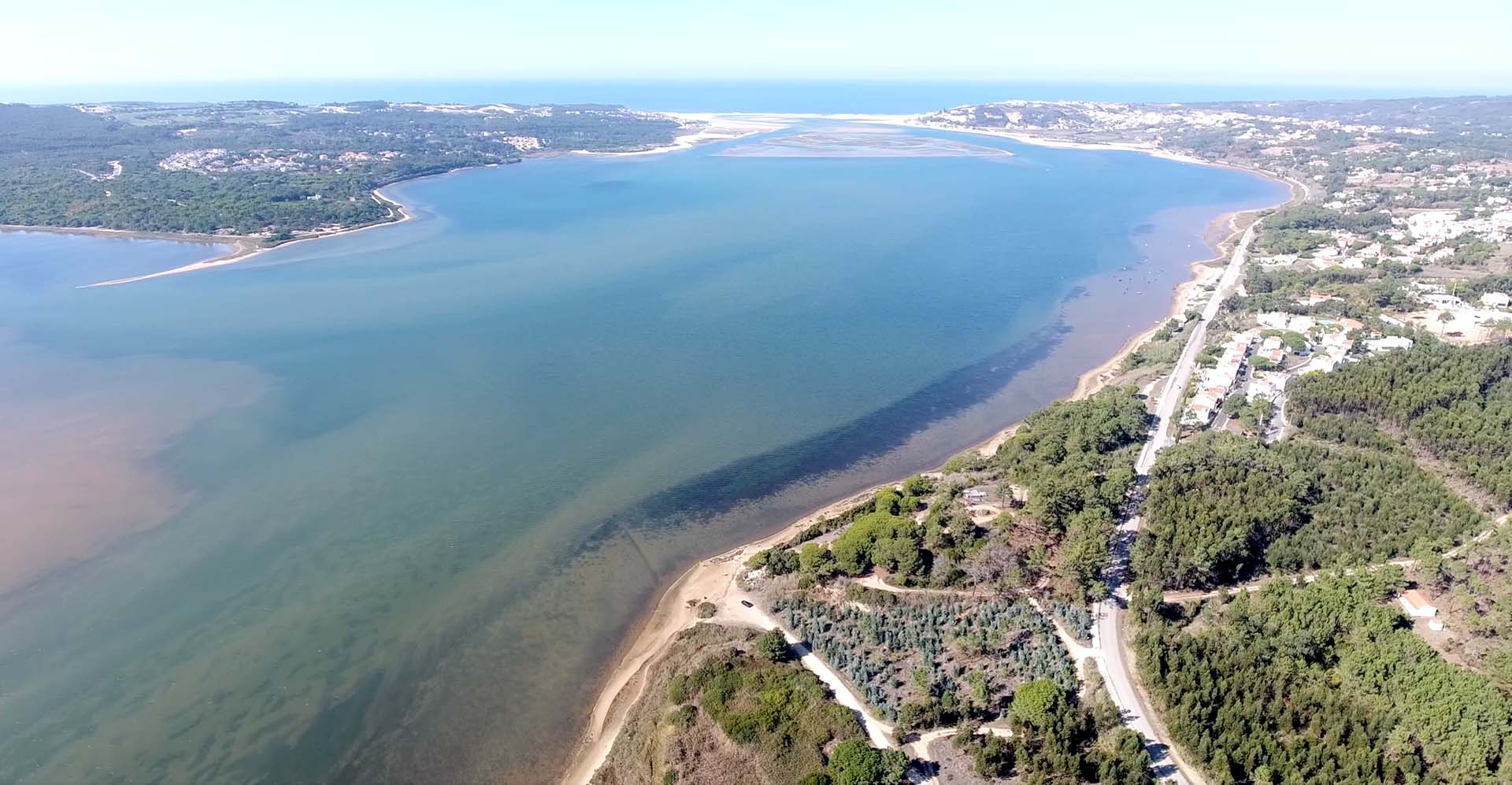Understand the wing foiling method
Choose the best wingfoil teaching method out there
Sound advice is extremely important when trying to learn a new water-sport. Someone acknowledging what you could do better and giving you the right tip at the right time changes everything. Being a sailing instructor for more than 10 years, I always focus on finding the one advice that is right for you.
Through my wing foiling school, I developed a vast number of specialized training drills to help you solve any learning problems you might encounter along the way. These step-by-step exercises are designed to break down complex skills into accessible motions. It’s like constructing a wall: you don’t put the upper brick first, you start with foundations and build from there. Our goal will be to create efficient muscle memory, one small exercise at a time.
From experience, I know it’s the combination of good advice and ideal learning location that really allows students to improve steadily. Combining my tailored teaching method with the outstanding natural qualities of Ponta do Espichel and Obidos lagoon will help you get into wing foiling faster than anywhere else.
Understanding the main steps of my wingfoil method
1ST STEP - SPOT, WIND, AND GEAR ASSESSMENT
2ND STEP - HANDLING THE SAIL WITHOUT A BOARD
The next thing to know is how to properly use the sail. We’ll cover the right technic to hold your wing, regulate power, and prevent most wing-related crashes. A wing is fairly easy to move around but you need its handling to become instinctive in order to focus on the other aspects of the sport. My various on-land tailored exercises have been created to do just that.
3RD STEP - LEARNING THE MAIN SAFETY SKILLS
Before we start going into deeper waters, learning safety skills is a mandatory step. The self-rescue technic allows you to get back to shore or move away from obstacles even if the wind drops. Body dragging downwind is also a very important skill to have if you wish to become independent. Wing foiling is a new sport and we shouldn’t overlook basic safety skills.
4TH STEP - MOVING YOUR BOARD & WING AROUND
Then comes the ability to carry your board and your sail around. Flipping a wing in deep water without the right technic can be challenging. The same thing goes for positioning your board crosswind and getting on it efficiently before each start. By setting up each of your attempts in an identical way, you will give yourself more chances to succeed and improve quicker.
5TH STEP - SAILING ON A BOARD WITHOUT FOIL
Once you are on the board, you’ll first start wing surfing. It’s the same as wing foiling but without a foil. At this stage you need to find the perfect body position to catch the wind with your wing and point your board crosswind. Nailing this step will translate into a faster overall progression. Until now, it has all been pretty easy and you’re already riding.
6TH STEP - BALANCING AND RIDING A HYDROFOIL
Flying on a hydrofoil is challenging. That’s why I developed my step-by-step approach. We’ll start with on-land motions that mimic the behavior of the foil and help you apprehend the balance required. Without wind, we will practice foiling behind a dinghy. First kneeling than standing, you will safely achieve your first flights that will soon lead to proper wing foiling.
